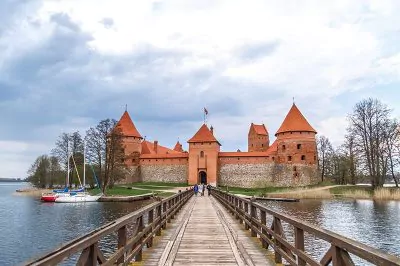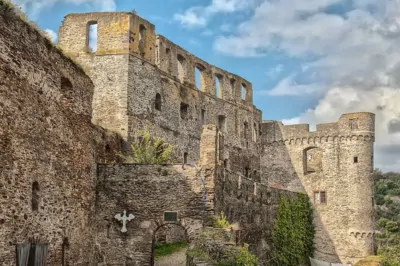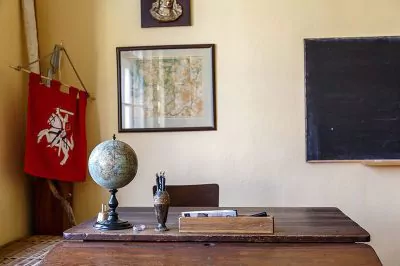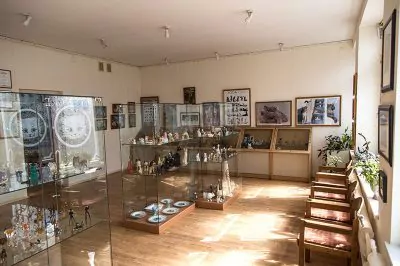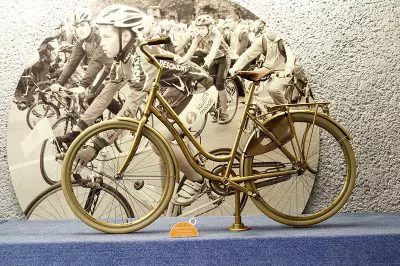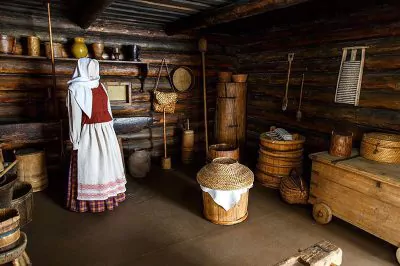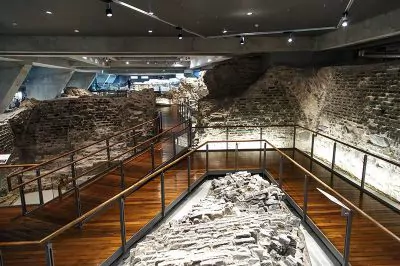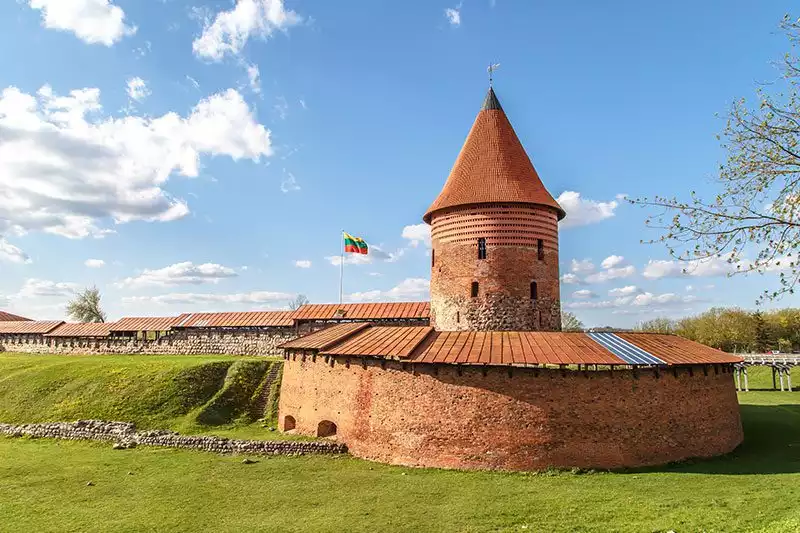
Kaunas Castle
Kaunas Castle, located between the Nemunas and Neris rivers, which cover Kaunas, the second largest city in Lithuania, served as a very important strategic defense center, especially during World War I.
Kaunas Castle, one of the oldest buildings in Kaunas, was first built in the 14th century, but its present form does not date back very far. The construction of Kaunas Castle, which was built to ensure the security of Russia’s western regions during the war, started in 1882. Under the rule of Tsar Alexander II, approximately 4000 workers worked on the fortress.

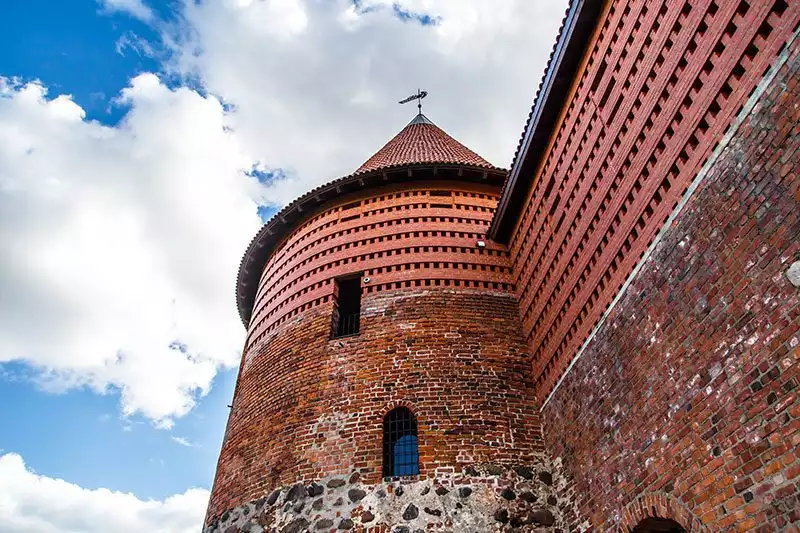
In 1915, the fortress was besieged by the Germans before the construction of the fortress was completed, but since the fortress was not renovated, it was insufficient according to the defense understanding of the time and lost its importance.
Used as a garrison in the following years, the fortress was used by the Nazis during World War II for the interrogation and execution of members of the Soviet Union. Approximately 50,000 people were executed in the castle, where mass killings were also carried out.
Today, the castle is open for tourism and is one of Kaunas’ most popular tourist attractions. The most gruesome part of the castle is the prison section, where various torture instruments and chains are on display.
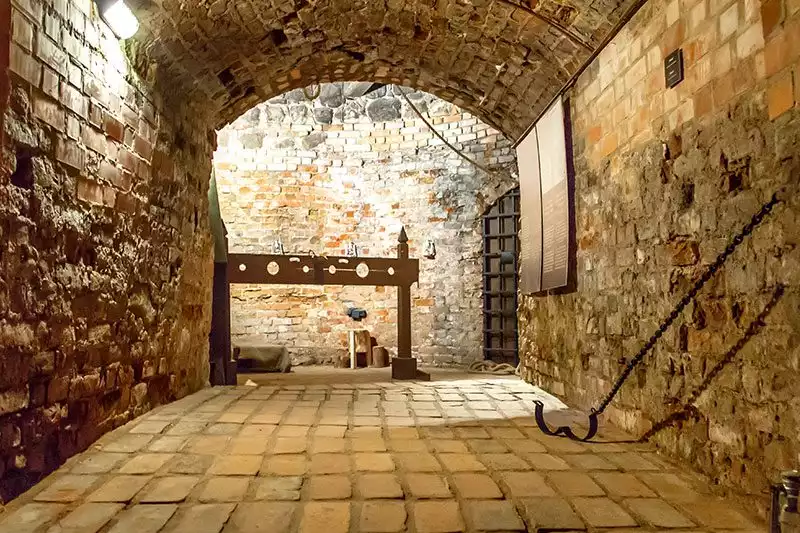
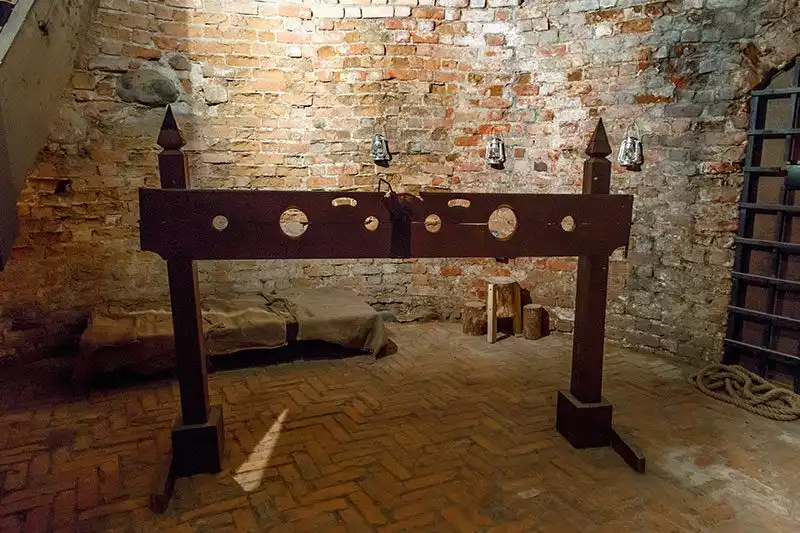
Inside the Kaunas Castle, which caused the deaths of many people, there is a legend on the prison walls that the warriors bewitched by Duke Vaidotas slept and at night they were heard practicing new strategies.
Duke Vaidotas, whose bust you will see in the same section, is said to have failed in an important battle he led in the 14th century – in 1362 – failed to prevent the siege of the castle and was taken prisoner. The 1362 conquest of Kaunas Castle, which is recorded as the destruction of the castle in 1362, was painted by Vilius Petrauskas.
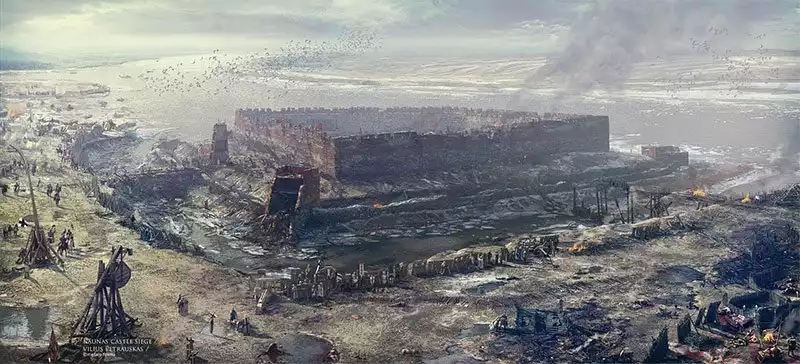
The rooms of the castle are used as exhibition halls and art galleries. The bear skin and head lying on the floor in one of the rooms was one of the most interesting items for me. In the room where decorative objects seem to be given importance, the decorations on the wall are also very interesting.
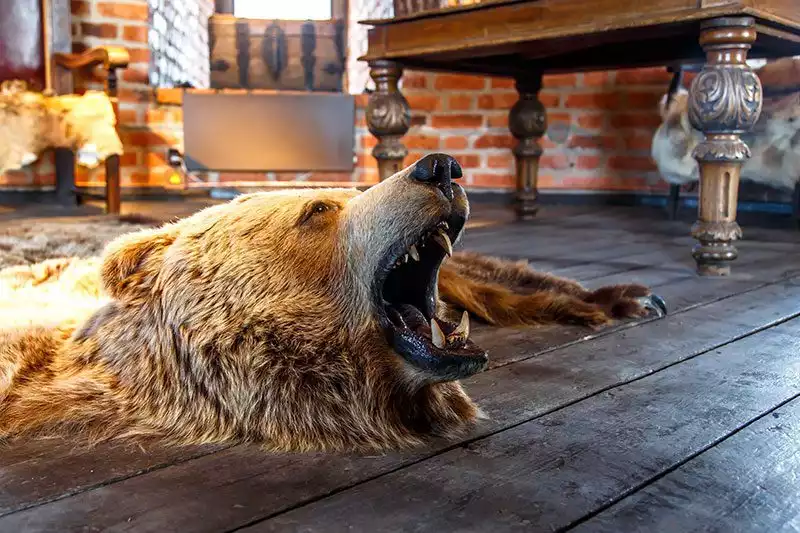
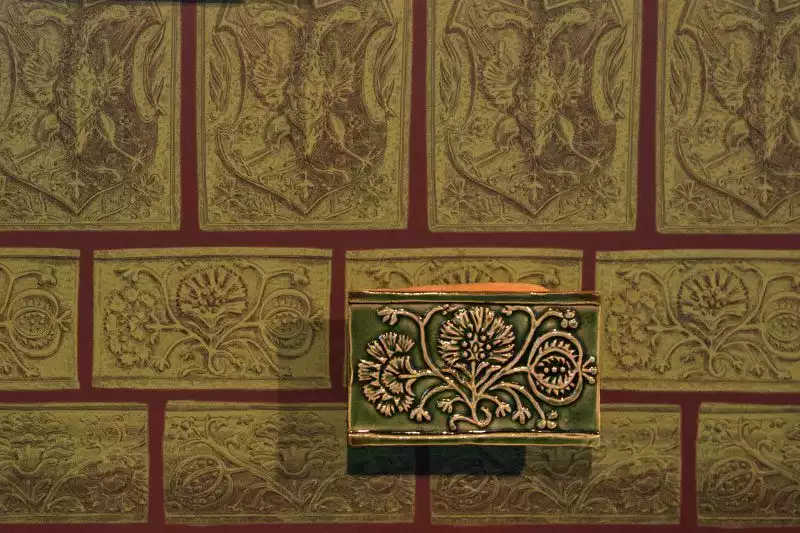
Various finds, including pots, bowls, bowls and decorative ornaments, are displayed in glass showcases.
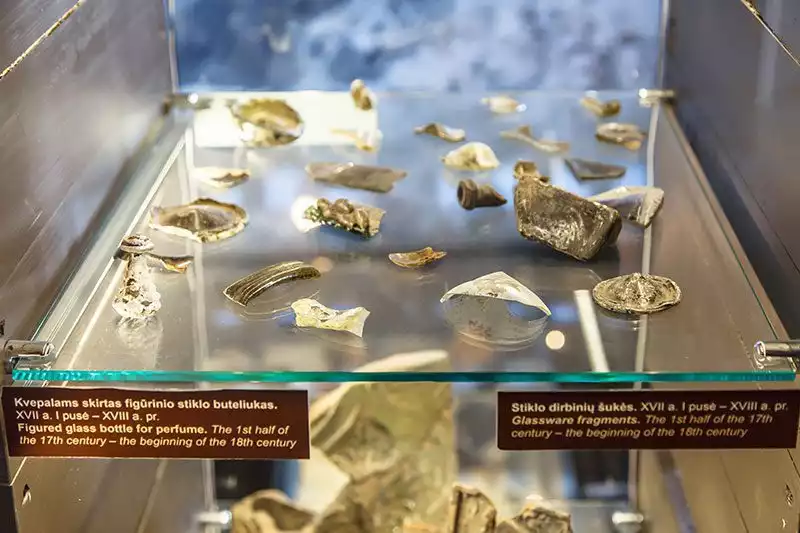
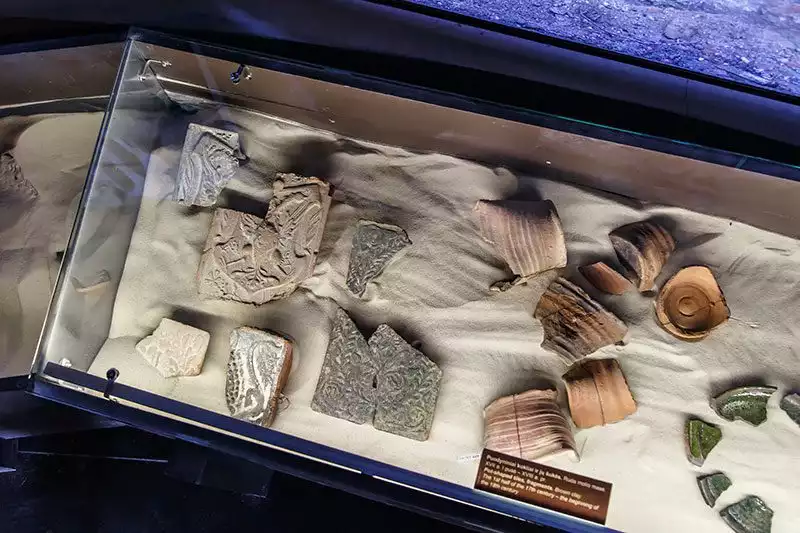
Do not leave Kaunas without seeing Kaunas Castle, which has a very important spiritual place for Kaunas and where you can take beautiful photos if you encounter good weather.
